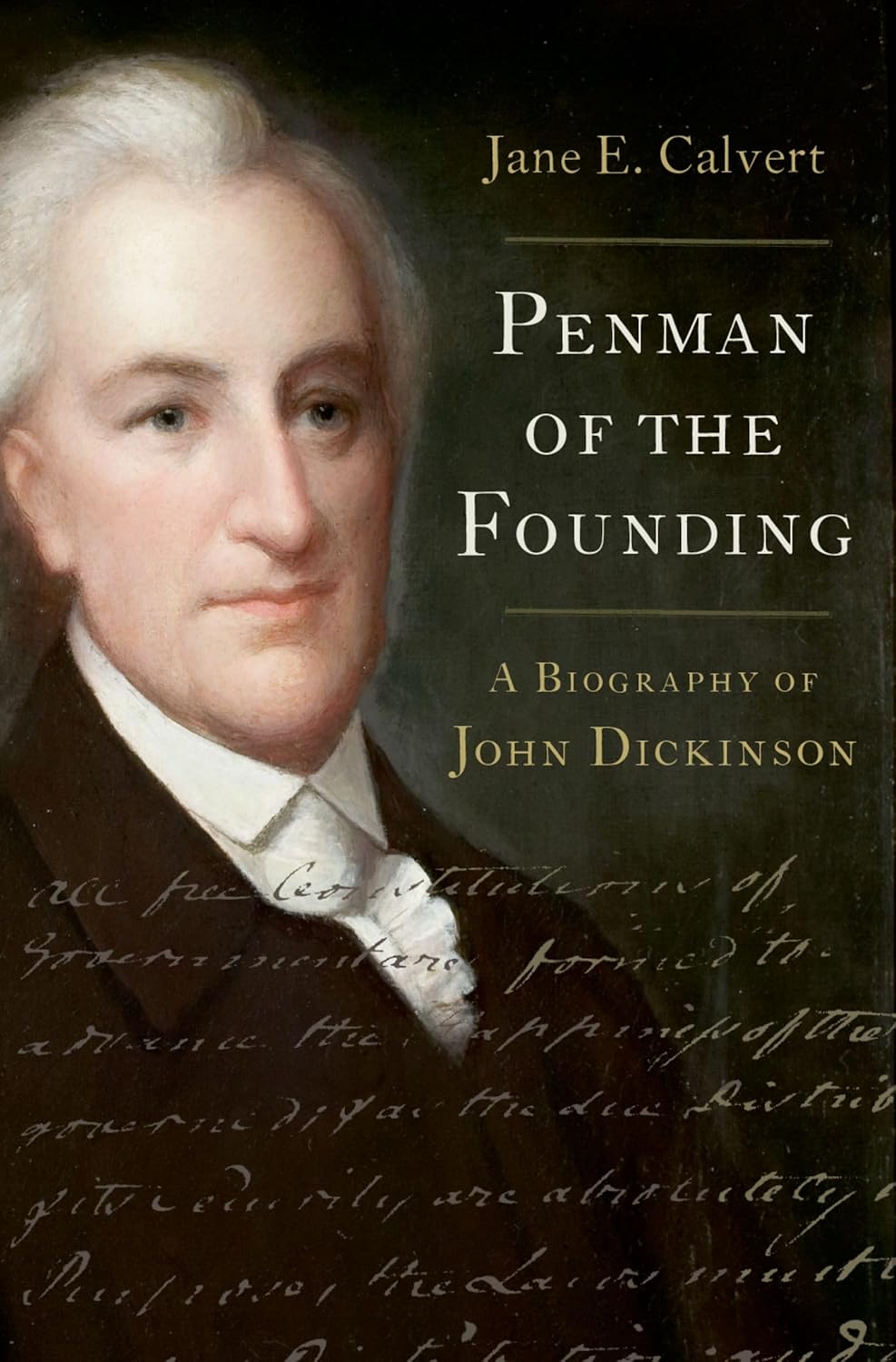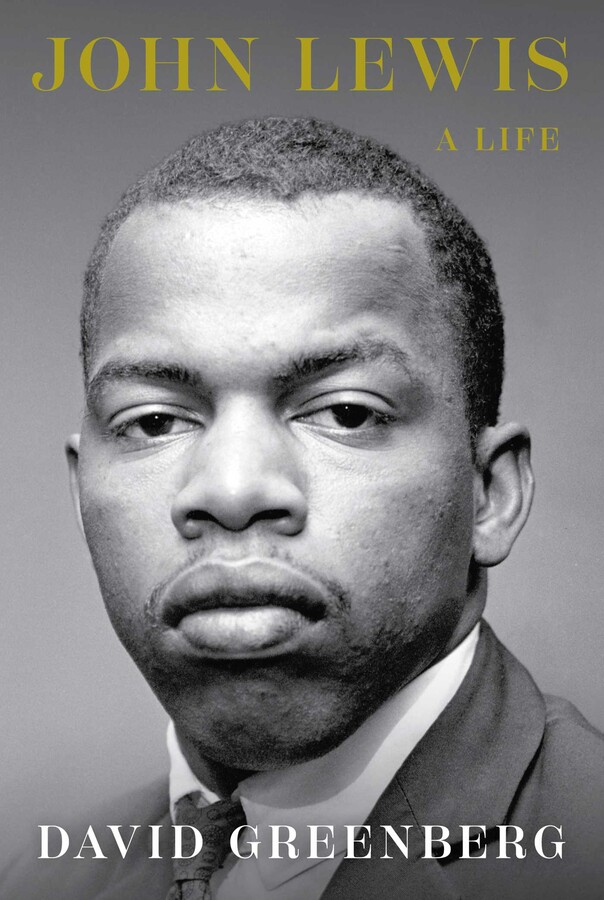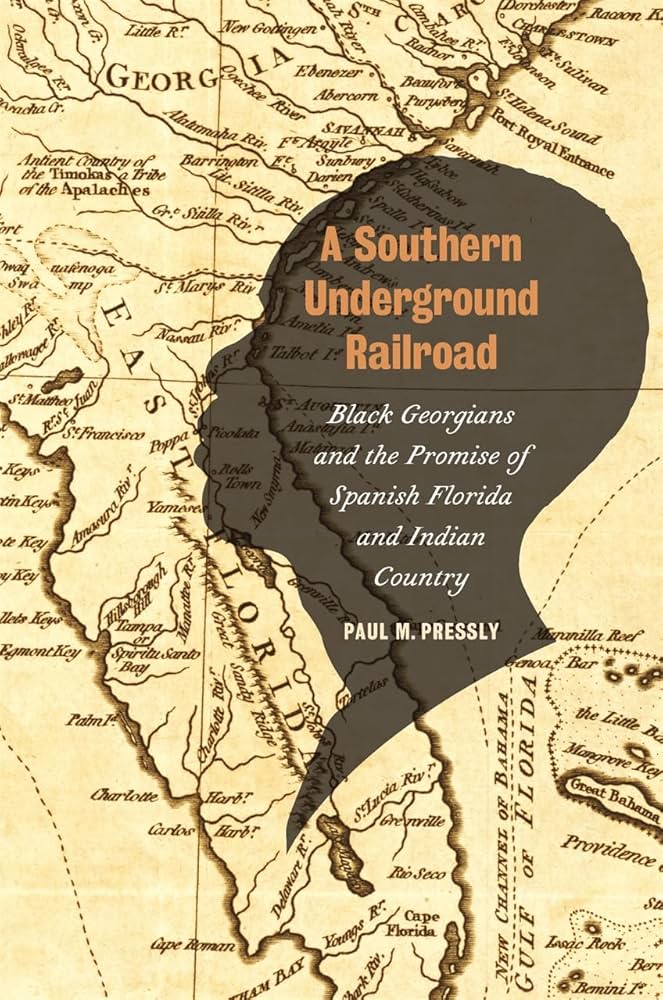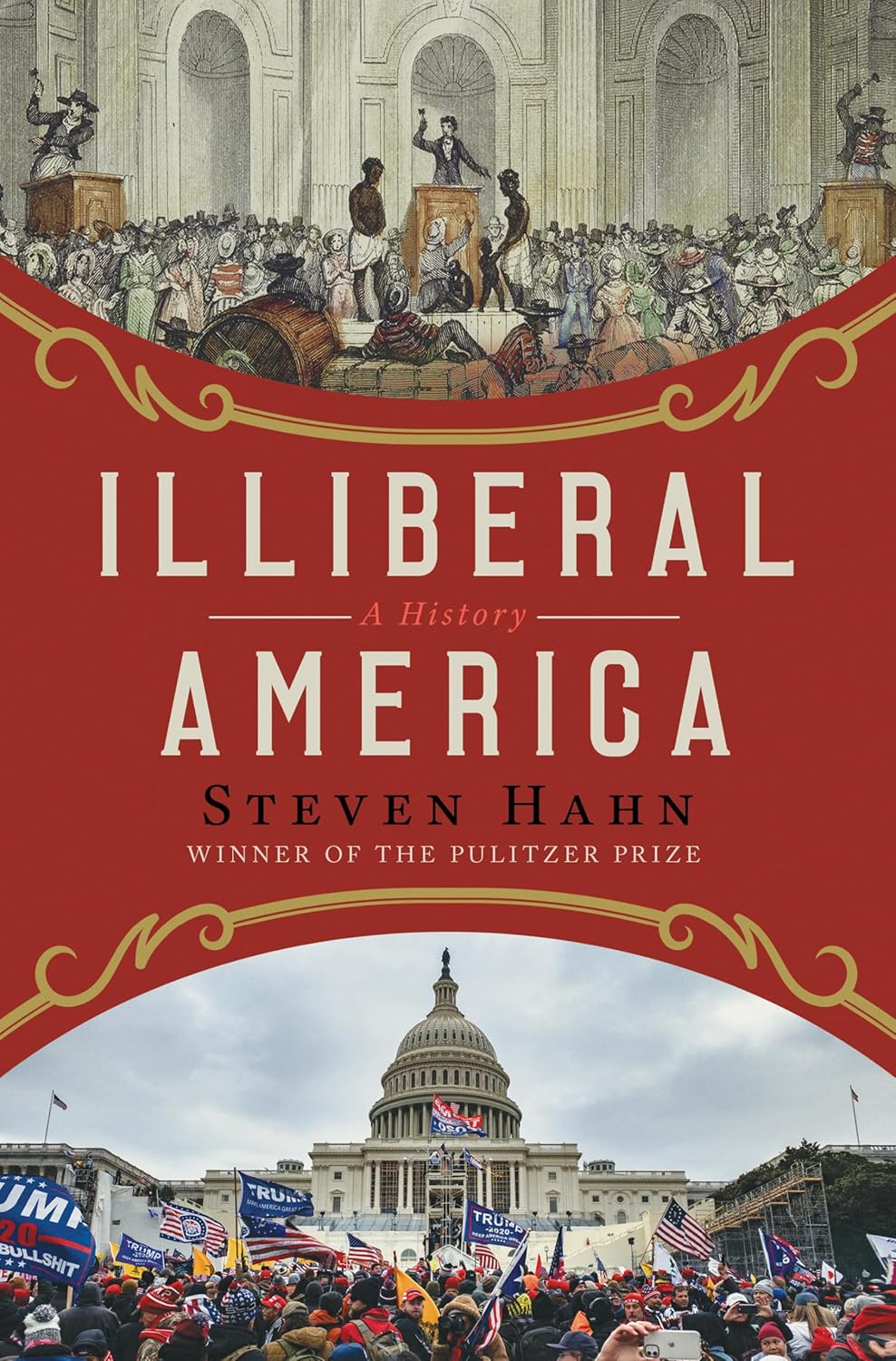This week Stan reviews his reading in 2024: how many books and pages, fiction and non-fiction, and offers tips on age-old reading problems, including: how to get more reading into your life, should you write in your books, reading in a distracted age, suffering from book guilt and how to conquer it, and more. Plus you’ll get an earful about the upcoming College Football Playoffs (Go Dawgs) and what the heck is Baseball’s Golden At-Bat?





